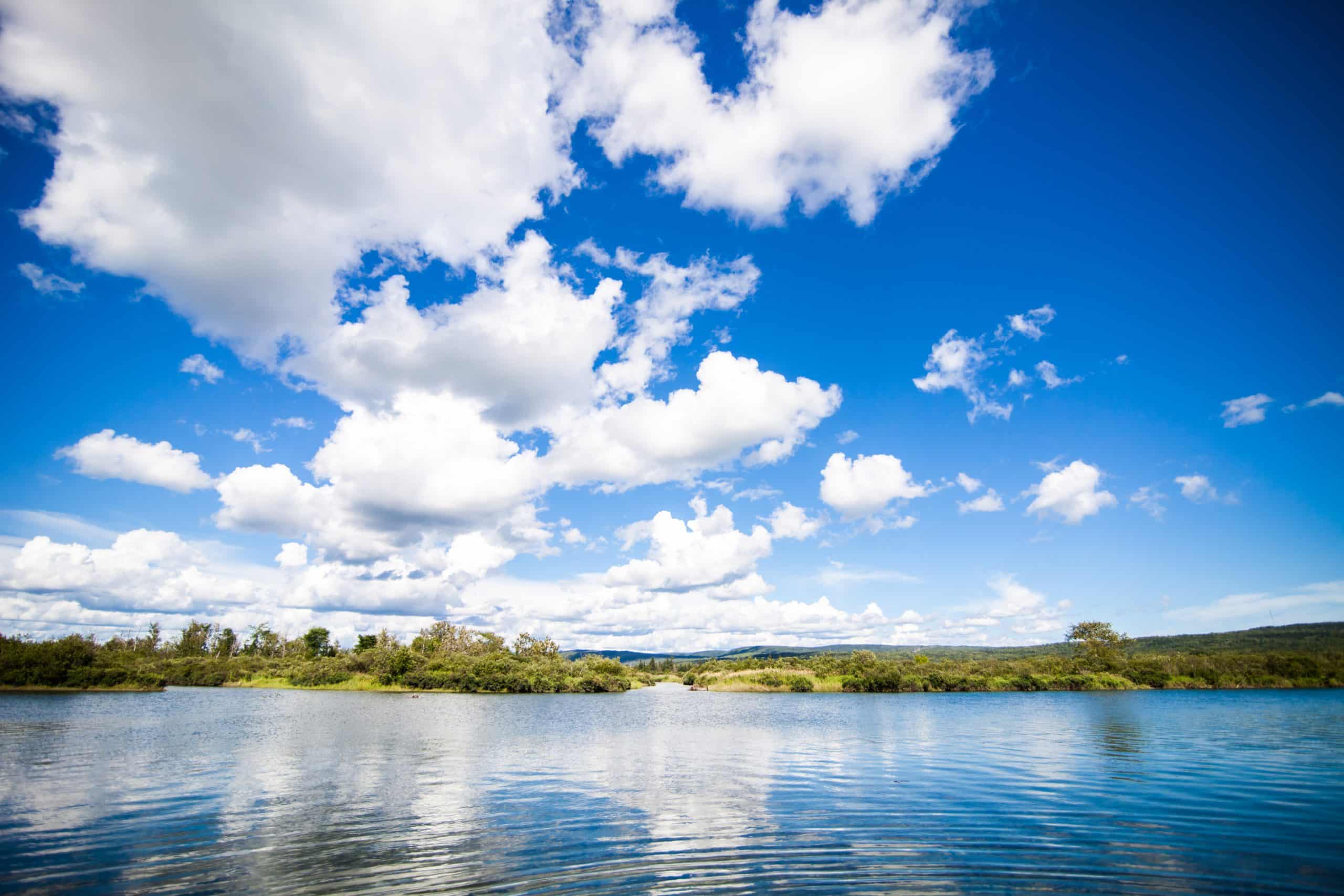What Are the Best Practices for Reducing Heat Stress During Summer Track and Field Competitions?

As we approach the hot summer months, athletes gear up for the challenging season of track and field events. The heat can be a formidable opponent, demanding unique strategies and adaptations to ensure optimal performance. This article will delve into the best practices for reducing heat stress for athletes during summer track and field competitions. This includes understanding the body’s response to heat, the role of acclimation in training, the importance of adequate hydration, and the potential use of cooling strategies.
Understanding the Body’s Response to Heat
In normal conditions, your body maintains a balanced internal temperature. However, during strenuous exercise in hot conditions, this balance can be disrupted, leading to an increase in body temperature. This heat stress can affect your performance, making it crucial to understand how your body responds to heat.
In the same genre : How to Implement Mindset Training in Youth Soccer Academies for Developing Resilience?
When you exercise, your body generates heat. The body maintains its temperature by dissipating this heat through various mechanisms, including evaporation of sweat and radiation. In hot conditions, these mechanisms may not be sufficient to prevent a rise in body temperature. This increase can result in heat-related illnesses, such as heat exhaustion or heat stroke, which can be medical emergencies.
To counter the effects of heat, your body undergoes certain physiological adaptations. These are aimed at enhancing heat dissipation, increasing blood volume to aid in thermoregulation, and improving sweat rate and its composition to maintain body electrolyte balance. Understanding these responses can guide athletes in adopting appropriate measures to mitigate heat stress.
Additional reading : How to Harness Social Media to Build Personal Brands for Olympic Athletes?
Acclimation as a Key Training Component
Heat acclimation is a crucial aspect of training for athletes participating in summer track and field events. This process involves systematic exposure to heat stress over a period, causing the body to adapt and become better equipped to handle heat.
During acclimation, the body improves its sweating response, thereby enhancing cooling. There is also an increase in blood volume, which aids in maintaining cardiovascular stability under heat stress. Furthermore, acclimation allows better fluid balance, reducing the risk of dehydration.
It is essential to note that heat acclimation should be done gradually over a span of 1-2 weeks, with progressive increase in heat exposure. This can be achieved through training in hot environments or using heat chambers. While implementing this, it’s important to ensure that athletes are well-hydrated and closely monitored for any signs of heat-related illness.
The Role of Hydration in Heat Stress Management
Adequate hydration is a key factor in managing heat stress. When you exercise, you lose water and electrolytes through sweat. This loss can be magnified in hot conditions, increasing the risk of dehydration. Dehydration can impair your body’s ability to dissipate heat and negatively affect your performance.
Therefore, maintaining optimal hydration levels is essential, especially during long duration events. This can be achieved by ensuring water consumption before, during, and after the event. It’s also important to replenish electrolytes, which can be lost through sweat.
As a rule of thumb, athletes should aim to drink at least 500 ml of water 2 hours before an event and continue to sip small amounts during the exercise. Post-exercise rehydration should involve drinking enough to replace 150% of the weight lost during the event.
Cooling Strategies: From Ice to Cooling Vests
In addition to acclimation and hydration, athletes can also use various cooling strategies to manage heat stress. These methods aim to lower body temperature and enhance heat dissipation.
Pre-cooling methods, such as drinking cold beverages, wearing ice vests, or using cold towels, can help lower body temperature before an event. Similarly, mid-event cooling methods, such as applying cold water or ice packs during breaks, can provide a cooling effect. Post-exercise cooling, often involving cold water immersion or air-conditioned environments, can aid in recovery by reducing body temperature and alleviating heat stress.
While these strategies can be beneficial, it’s important to individualize them based on the athlete’s tolerance and preferences. Also, these strategies should be practiced during training to evaluate their efficacy and comfort.
Heat stress is a significant challenge for athletes participating in summer track and field competitions. By employing a comprehensive approach involving understanding the body’s response to heat, acclimation, proper hydration, and cooling strategies, athletes can better manage heat stress and optimize their performance. This approach ensures that the heat does not steal the spotlight but rather remains a backdrop to the amazing displays of athleticism and resilience on the track and field.
Event Organisers’ Role in Mitigating Heat Stress
The responsibility of reducing heat stress during summer track and field competitions does not solely rest on the athlete. Event organisers also have a pivotal role to play in ensuring the safety and optimal performance of the athletes.
Firstly, the scheduling of events should be given careful consideration. Ideally, competitions should be planned for the cooler parts of the day to minimise exposure to extreme heat. This could be early in the morning or later in the afternoon when the sun’s intensity is less severe.
Secondly, the provision of appropriate facilities is crucial. There should be shaded areas where athletes can rest and cool down. Organisers should also ensure that there are adequate hydration stations where athletes can replenish their fluids regularly.
Moreover, event organisers should be knowledgeable about the signs and symptoms of heat-related illnesses. They should be ready to intervene immediately if an athlete shows any signs of heat exhaustion or heat stroke. Having a well-equipped medical team at the event is also vital in case of any emergencies.
Lastly, event organisers should educate athletes and their coaches about the dangers of heat stress and the best practices to combat it. This could be done through pre-event briefings or informational materials.
The Science of Sports Medicine: Aiding Heat Stress Management
Sports medicine plays a significant role in understanding and managing heat stress in athletes. Scientific research in this field provides valuable insights into the body’s response to heat and the effectiveness of various heat stress management strategies.
Researchers have extensively studied heat acclimatization and have provided guidelines on how it should be implemented effectively. For instance, studies suggest that athletes should acclimate to the heat gradually over a period of 1-2 weeks rather than abruptly exposing themselves to hot conditions.
In addition, the importance of hydration has been emphasised in sports medicine. Research provides specific recommendations on fluid intake before, during and after exercise to prevent dehydration and maintain performance.
Cooling strategies, such as ice slurry ingestion and the use of cooling vests, have also been investigated. Research has found that pre-cooling can improve performance by lowering core body temperature before exercise. Mid-event cooling and post-exercise cooling have also been proven effective in managing heat stress.
Furthermore, sports medicine research informs event organisers on how to create safer and more athlete-friendly conditions during competitions.
Conclusion
Heat stress is a significant concern during summer track and field competitions, potentially affecting athletes’ performance and health. However, by understanding the body’s response to heat, implementing heat acclimatization procedures, maintaining proper hydration, and using effective cooling strategies, heat stress can be effectively managed.
Event organisers also have a critical role in ensuring that competitions are conducted in a manner that prioritises athletes’ safety. By scheduling events during cooler times of the day, providing adequate facilities and resources, being aware of the signs of heat-related illness, and educating athletes on heat stress management, they can significantly contribute to a safer competition environment.
Sports medicine continues to provide valuable insights into heat stress management in athletes. As scientific understanding of heat stress continues to evolve, so will the strategies to combat it. The aim, as always, is to ensure that athletes can perform to the best of their ability, regardless of the ambient conditions. Let the passion for the sport and the spirit of competition shine brighter than the summer heat.
